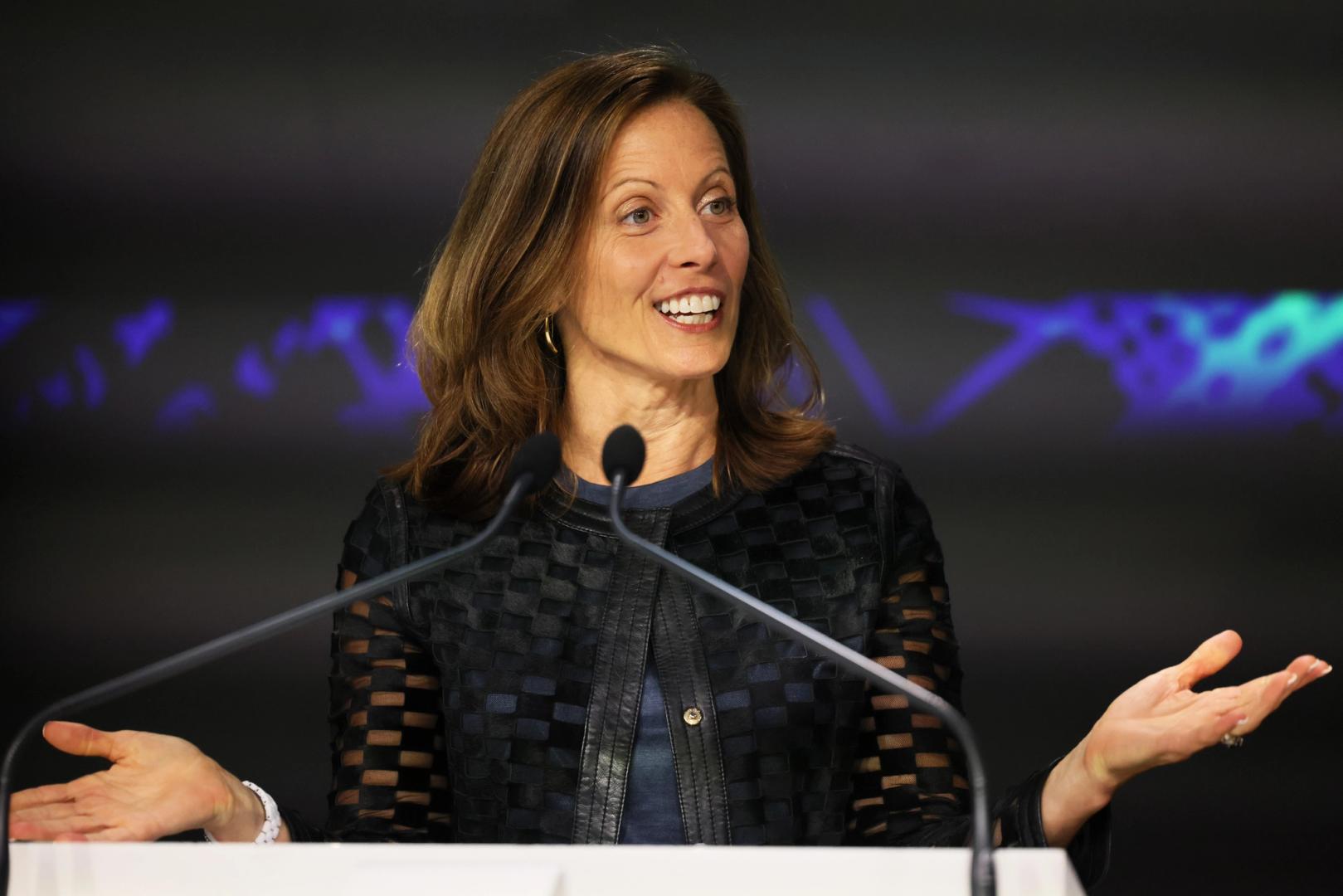
Adena Friedman, CEO of Nasdaq, believes blockchain will reshape the traditional financial system in three key ways: by overhauling post-trade infrastructure, freeing up trapped capital through better collateral mobility, and enabling faster, more seamless payments.
“There is a lot of capital trapped, whether in clearinghouses or clearing brokers,” Friedman said during a discussion with Ripple President Monica Long at the Swell conference in New York on Tuesday. “If we do it right, we can turn it into an opportunity to bring more capital into the system.”
Post-trade processes – the systems that finalize and settle securities transactions – remain deeply fragmented and often rely on decades-old infrastructure. Friedman noted that while some complexity is intentional, often for reasons such as risk management or tracking assignments, much of the friction is unnecessary. She believes blockchain could help unify and optimize those workflows, reducing inefficiencies that tie up capital and slow financial activity.
The second major opportunity lies in improving the way financial institutions move and manage collateral – the assets pledged in commercial and credit transactions to mitigate risk. According to Friedman, digital assets could facilitate the rapid transfer of collateral across platforms and borders. “What we really love about the idea of digital assets is being able to move that collateral,” he said. “We can create a collateral mobility effort and…free up a lot of capital.”
Payments are the third area ripe for change. While Nasdaq does not operate in the payments sector, Friedman emphasized that more fluid and efficient payment systems are key to allowing investors to participate in frictionless global markets.
He described the current payments infrastructure as a bottleneck that slows the flow of capital. If those systems could be improved or rebuilt using blockchain, he said, significant amounts of capital currently tied up in outdated processes could be unlocked. That, in turn, would help investors move funds more easily across platforms, borders and asset classes, making the financial system more open and efficient.
Nasdaq has already begun to lay the groundwork. The exchange operator recently filed an application with the US Securities and Exchange Commission to support trading in tokenized securities. Under the proposed framework, an investor could mark a trade for tokenized settlement, and the post-trade system (including the DTCC clearinghouse) would route it accordingly, allowing delivery to a digital wallet. This approach, Friedman said, maintains the core structure of existing securities while offering investors greater flexibility.
He was quick to point out that the goal is not to replace or fragment the U.S. stock markets, which he described as “extremely resilient” and “highly liquid,” but to enhance them by incorporating technology that reduces friction and improves investor choice.
Tokenized markets may start in post-trade functions, he said, but could eventually reshape the way securities are issued and traded. “Let’s keep all those great things [about the U.S. markets]and then let’s put the technology where we can really reduce friction.”



